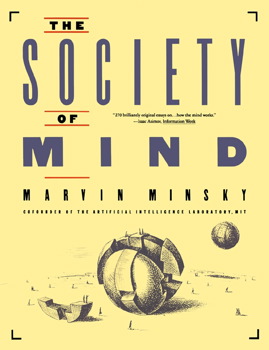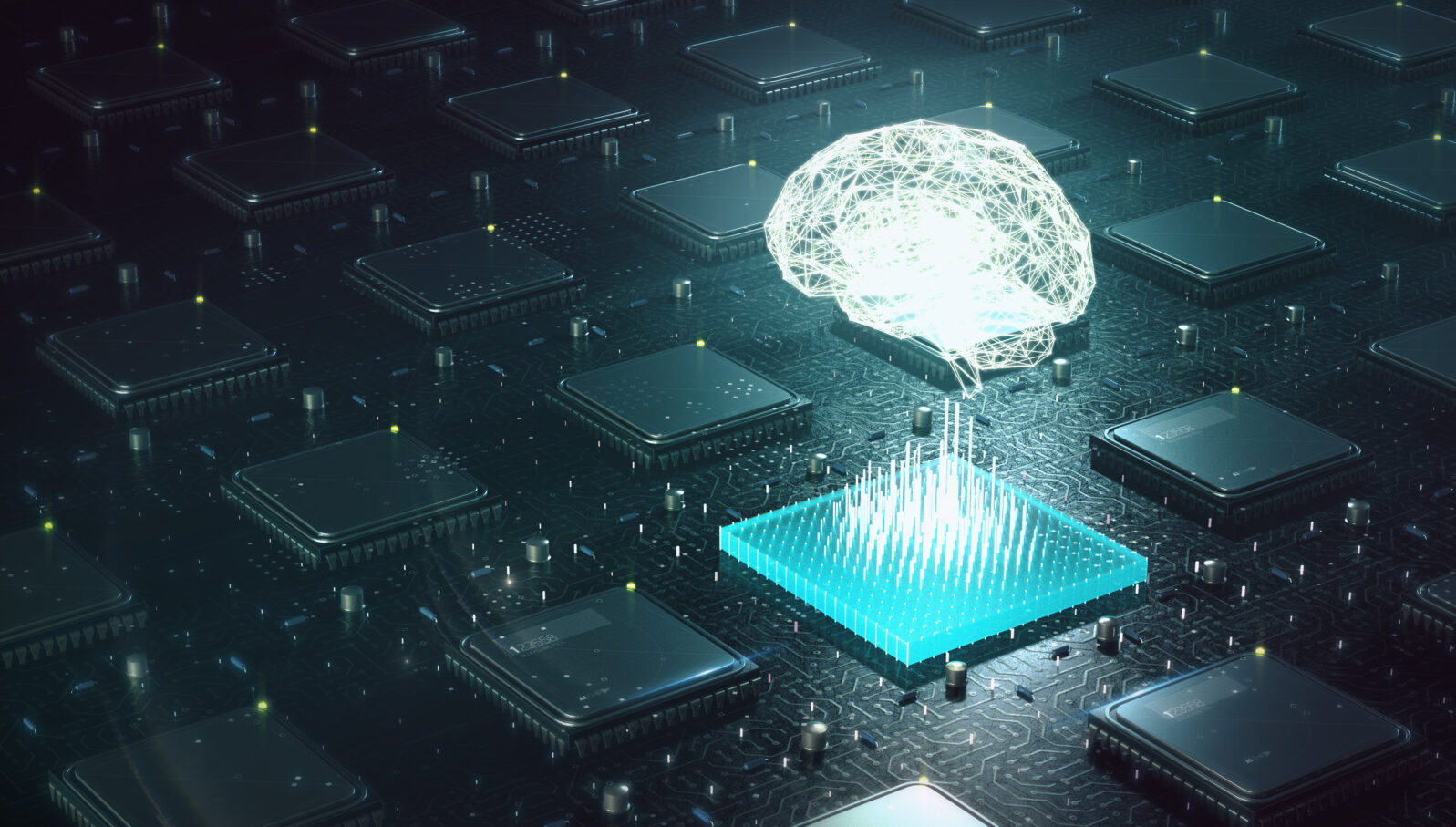Artificial neural networks can show that the mind isn’t the brain
Because artificial neural networks are a better version of the brain, whatever neural networks cannot do, the brain cannot do.
as a ‘society’ of tiny components that are
themselves mindless” – Simon &
Schuster, 1987
What is the human mind? AI pioneer Marvin Minsky (1927–2016) said in 1987 that essentially “Minds are what brains do.” That is, the mind is the result of electrical waves cycling through the brain, as neurons spike and synapses transmit signals. But is that true? Can we test this idea?
We can indeed, using artificial neural networks.
One of the most popular approaches to artificial intelligence is artificial neural networks. These networks, inspired by an early model of how neurons fire (the McCulloch–Pitts model), consist of nodes, where each node is similar to a neuron. A node receives signals and then sends them to its linked nodes based on an activation function.
There are, of course, differences between neural networks and the brain. For one thing, biological neurons in the brain are much more complex than the neural network’s nodes, which are usually simple mathematical functions. Another difference is that the brain relies on lots of feedback between neurons but neural networks tend to get little feedback. Typically, each neuron is connected to just a few other neurons but in neural networks each node is connected to many other nodes.

Some other differences:
– Neurons transmit signals at the frequency of 100s of hertz, while neural networks transmit signals in
the megahertz range.
– Neurons send spiking signals, and neural networks send constant signals.
– Neurons have at best three digits of precision, while neural networks have unlimited precision.
There are many other differences as well. In fact, neural networks are better in some ways than brains. We can see this by looking at an individual neuron, using the Hodgkin-Huxley model. In this model, a neuron is essentially the same as a perceptron — a very simple mathematical function that takes a weighted sum of its inputs and then generates a 1 if the value passes a threshold, and a 0 otherwise.
The important point about a perceptron is that it is not differentiable. That makes it impossible to derive a gradient. In other words, the perceptron cannot be trained using error backpropagation (a math-based method of error correction). That rules out the only effective way to train neural networks.
Because neurons are perceptrons, it follows that the brain cannot be trained as a neural network either. This leads us to the surprising conclusion that a neural network is a much more effective learner than the brain.
The complexity of neurons only makes this problem worse
Research shows that a neuron is more complex than a single perceptron. A neuron can be a multilayer perceptron. However, the basic problem becomes worse, because now the neuron must not only propagate errors to its connections but must also propagate errors within itself to train itself. So, while a single perceptron is at least trainable, a multilayer perceptron would quickly become untrainable. Because they are by nature more complicated, neurons would face the same problem.
How does this help us test whether the mind is the brain? If there is something the brain cannot do but the mind can do, then the mind is not simply what the brain does. If I say I am Michael Jordan, but cannot dunk the basketball, I am not Michael Jordan. We can use this approach to demonstrate that the mind is not the brain.
Returning to neural networks: Because artificial neural networks are a better version of the brain, whatever neural networks cannot do, the brain cannot do. If humans can solve problems that neural networks cannot solve, the human mind is doing something a neural network cannot do. Hence, the human mind is also doing something that the brain cannot do.
At this point, we can say that, because neural networks can’t compete against the human mind except in very narrow fields, then neural networks won’t ever match human performance — and hence the mind is not the brain.
Though compelling, this argument will not satisfy nerds, who want hard scientific data. So, I will give you some hard scientific data in my next post where I present a logic experiment that shows that humans can provably outperform neural networks.
You may also wish to read: The Salem Hypothesis: Why engineers view the universe as designed. Not because we’re terrorists or black-and-white thinkers, as claimed. A simple computer program shows the limits of creating information by chance. Engineers doubt chance evolution because a computer using an evolution-based program would be chugging away well past the heat death of our universe. (Eric Holloway)
